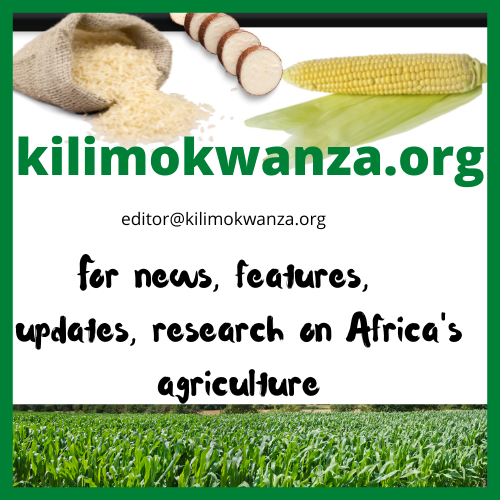The seven agro-ecological zones of Tanzania
Tanzania has seven agroecological zones, each with its unique climate, soils, and vegetation. These seven agroecological zones support a wide variety of crops and livestock, and they play a vital role in the economy of Tanzania. As Tanzania grapples with the effects of climate change, the importance of its seven agroecological zones has risen significantly. These zones serve as a guide to pinpoint regions most susceptible to the impacts of climate change and lay the groundwork for devising adaptation strategies. The Tanzanian government is leveraging these agroecological zones to formulate a plan to bolster the country’s agricultural sector’s resilience against climate change.
| Zone | Altitude | Rainfall | Soils | Main crops |
| Coastal | 0-1,000 m | 1,200-2,000 mm | Fertile | Maize, rice, cassava, bananas |
| Arid | 0-1,500 m | 200-500 mm | Sandy | Millet, sorghum, groundnuts |
| Semi-arid | 1,500-2,000 m | 500-700 mm | Sandy loam | Maize, millet, sorghum, beans |
| Plateau | 1,500-3,000 m | 700-1,200 mm | Loam | Coffee, tea, wheat |
| Southern and western highlands | 1,500-3,000 m | 1,200-1,500 mm | Fertile | Coffee, tea, maize |
| Northern highlands | 1,500-3,000 m | 1,500-2,000 mm | Fertile | Wheat, barley, potatoes |
| Alluvial | 0-500 m | 1,200-2,000 mm | Fertile | Rice, sugarcane, bananas |
The evolution of the seven agroecological zones of Tanzania spans centuries, tracing back to the 19th century when European explorers and missionaries first made records of the country’s diverse climates and vegetation. It was, however, only in the 1960s that these zones received formal recognition from the Tanzanian government.
The establishment of the Commission for Agricultural Research and Training (CRT) in the 1960s signalled a pivotal moment in Tanzania’s agro-ecological zoning. Tasked with devising a national agricultural research strategy, the CRT pinpointed these seven zones as crucial determinants for each zone’s optimal choice of crops and livestock. The CRT also developed a classification system, categorizing the zones based on their unique climates, soils, and vegetation types.
Over the years, these agroecological zones have become an invaluable tool for the Tanzanian government’s agricultural development strategies. Efforts to enhance crop yields, boost livestock production, and mitigate soil erosion have been tailored based on the specifics of each zone. These zones also underpin agricultural extension programs, equipping farmers with the knowledge and training for the best farming practices suitable for their respective zones.
The seven agroecological zones are a vital asset for Tanzania’s agricultural sector. They offer a comprehensive framework that encapsulates the varying climatic and environmental conditions across the country, enabling the design and implementation of agricultural development projects tailored to the distinct requirements of each zone.
Diving deeper into the history of Tanzania’s agro-ecological zones:
The Commission for Agricultural Research and Training (CRT) officially classified these zones in 1967.
In 1984, the Ministry of Agriculture updated this classification.
Presently, these zones continue to guide the government’s agricultural development projects.
Researchers are also leveraging these zones to study the implications of climate change on Tanzanian agriculture.


